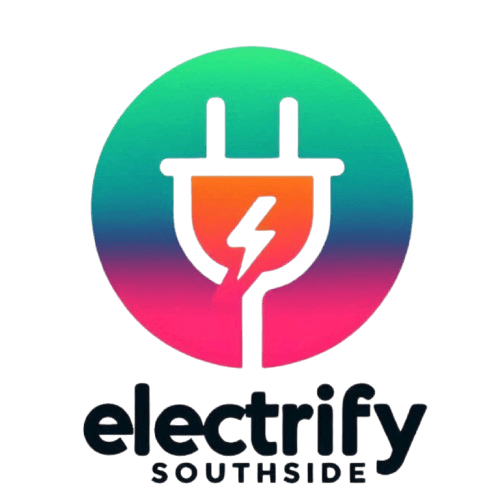The Future of Electric Vehicle Charging in St Kilda: What You Need to Know
The Rise of Electric Vehicles
As electric vehicles (EVs) become increasingly popular, Port Phillip is working towards supporting charging stations as we witness a surge in EV adoption, driven by both environmental concerns and the promise of cost savings. As more residents and businesses make the switch to electric, the demand for efficient and accessible charging infrastructure has never been higher.

Current Charging Infrastructure
Currently, Port Phillip offers several public charging stations scattered throughout the area. These stations are equipped with different types of chargers, ranging from standard AC chargers to faster DC options. However, as the number of EVs on the road continues to climb, these facilities are becoming increasingly congested.
Types of Chargers Available
The charging stations in St Kilda feature a variety of charger types to cater to different vehicle requirements. These include:
- Level 1 Chargers: Basic home chargers that use a standard electrical outlet.
- Level 2 Chargers: Faster than Level 1, suitable for both home and public charging.
- DC Fast Chargers: Provide rapid charging for quick top-ups during longer journeys.
Future Developments in Charging Infrastructure
Looking ahead, port Phillip is poised for significant advancements in its EV charging infrastructure. The local council and private enterprises are actively investing in expanding the network to accommodate the growing number of electric vehicles. Plans include installing more fast-charging stations and integrating smart technology to improve efficiency.

Smart Charging Solutions
Smart charging solutions are set to revolutionize how EV owners manage their vehicle's energy needs. These systems enable users to remotely control charging times, optimize energy use based on grid conditions, and even participate in vehicle-to-grid (V2G) programs, which allow cars to return unused power to the grid.
Newcastle in NSW is striding ahead with atarget of 52% of all new car registrations being EVs by 2030-31,” said Michelle Bisson, the City of Newcastle’s executive director for planning and environment. “The signs are already encouraging, with more than 1,350 EVs currently registered in Newcastle, a number which has risen by more than 1000% in the past four years. One of the challenges, however, is that many drivers lack access to off-street parking to charge an EV. Increasing the availability of public chargers in different suburbs is an important step in achieving our goal of driving EV uptake and creating a cleaner, quieter, and lower emissions city.”
Port Phillip needs to be as bold as the City of Newcastle.

